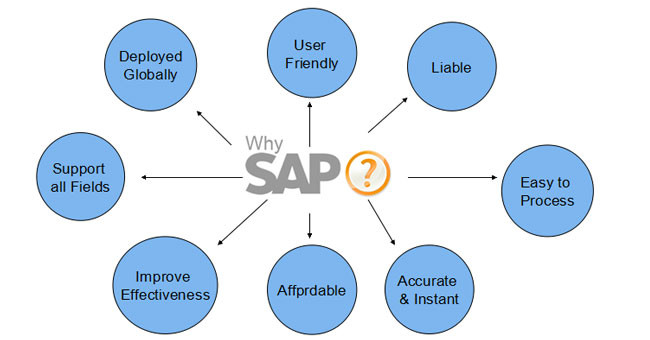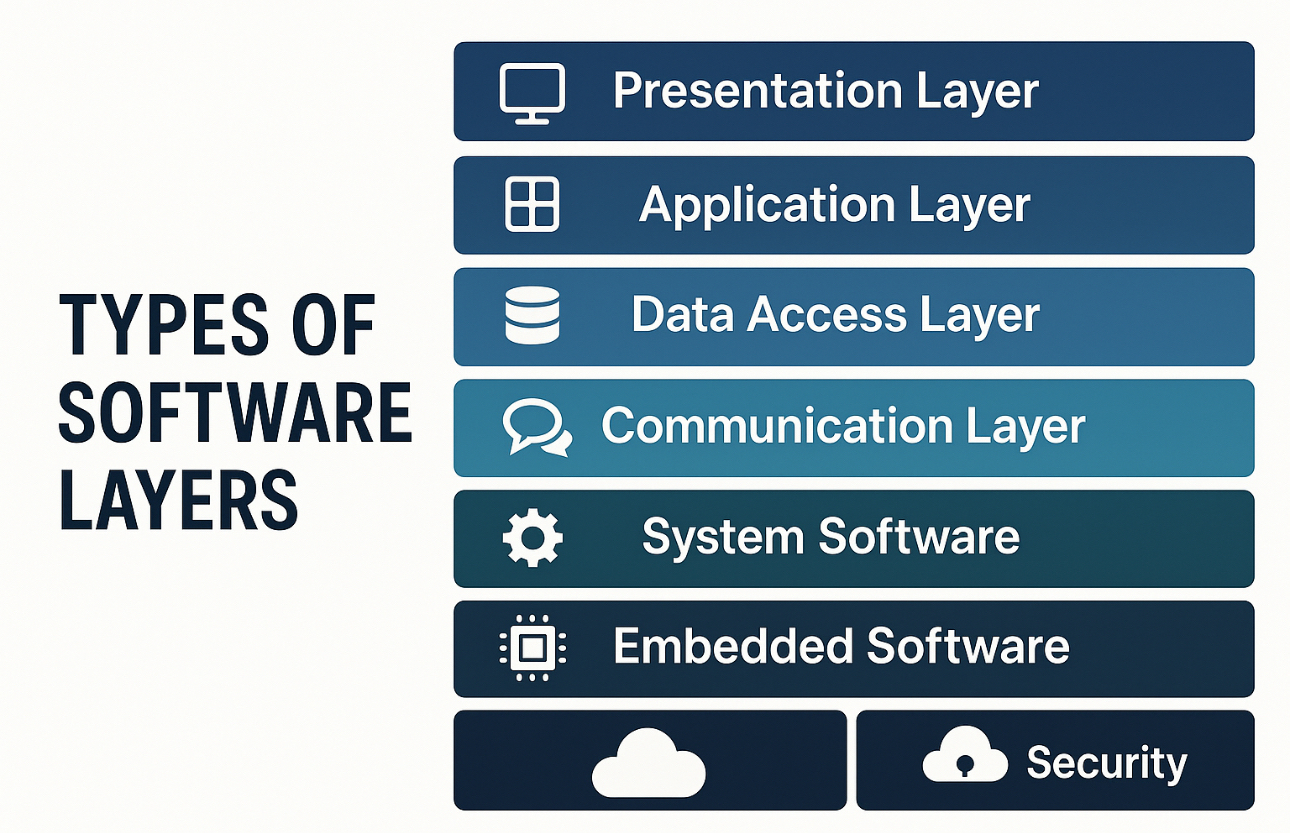
1. What is Database Sharding?
- Database sharding is a data architecture strategy that increases database performance by splitting up data into chunks and then spreading these chunks intelligently across multiple database servers or database instances.
- These chunks of data are called shards, while each shard contains a subset of our data. All shards represent the entire set of data, and each row of data exists in only one shard.
2. Why do we need database sharding?
- Scalability: Sharding allows you to distribute your data across multiple servers, enabling the system to handle more data and traffic without overwhelming a single server.
- Improved Performance: Reduced load on individual servers by splitting the data into smaller shards, the query load on each server is reduced, improving response times and overall database performance.
- Avoiding Single Point of Failure: In a single instance of database, failure of a database server can lead to a complete system outage. Sharding reduces this risk by spreading the data across multiple independent servers.
- Handling Large Data: Distribute large datasets when databases grow to a size that a single server can no longer efficiently store or manage, sharding divides the data into manageable chunks.
- Cost Efficiency: Instead of investing in high-end, powerful servers for vertical scaling, sharding allows the use of multiple servers, reducing infrastructure costs.
3. Difference between database sharding and partitioning?
- Database Sharding
- Divides a database into smaller, autonomous units (shards) distributed across multiple servers.
- Shards are independent, meaning each shard is responsible for its own subset of the data.
- Ideal for large-scale distributed systems needing high scalability.
- Fault tolerance is achieved through shard distribution across multiple servers.
- Database Partitioning
- Partitions can exist on the same server or across servers, but distribution is optional.
- Partitions are part of the same database instance.
- Primarily used to improve data organization and performance in a single system.
- Fault tolerance depends on partition replication or distribution but isn’t inherent.
4. What are the different methods of database sharding?
- Key Based Database Sharding:
- A unique key (e.g., User ID or Order ID) is selected from the dataset. This key determines which shard the data will be stored in.
- A hash function is applied to the shard key to map it to a specific shard. This ensures an even distribution of data across all shards.
- The hashing process distributes data evenly across shards, helping avoid hotspots.
- Range Based Database Sharding:
- A specific key (e.g., Date, User ID) is selected, and data is partitioned into shards based on the range of this key’s values.
- Each shard holds data within a specific range of values for the sharding key. For example, Shard 1 might store data for IDs 1-1000, Shard 2 for IDs 1001-2000.
- Since each shard contains data from a well-defined range, the system can easily route queries to the correct shard based on the range of the sharding key in the query.
- Directory-based database sharding:
- Directory-based Sharding, also known as metadata-based Sharding, employs a separate service or metadata store to maintain a mapping of data to shards.
- Each piece of data contains metadata or attributes that describe which shard it belongs to.
- Directory-based Sharding offers flexibility in distributing data based on a variety of criteria, including business logic and data attributes.
5. What are the pros and cons of database sharding?
- Pros
- The sharding pattern is well suited for large, distributed enterprise applications.
- Sharding allows for the fast execution of a command or a query.
- Storage segmentation, which is a key feature of the sharding pattern, enables the physical infrastructure to scale in a controlled manner.
- Cons
- Sharding requires DBAs to have domain expertise and experience with best practices in relevant database technologies for managing servers.
- Shards distributed over many geolocations can be susceptible to performance degradation due to excessive network traffic.
- Some database technologies are better suited to the sharding pattern than others. Thus, you need to choose wisely.
- Added hardware means a higher total cost of ownership of the service.
Post a comment Cancel reply
Related Posts
October 30, 2025
Empowering Business Analysts: How AI is Revolutionizing Agile Practices
In today's fast-paced digital landscape, Agile methodologies are no longer optional— they're essential for organizations…
October 30, 2025
What is SAP? How does it work?
The full form of "SAP" is “Systems Applications and Products in Data Processing” which is…
October 3, 2025
Optimizing React Performance: An Advanced Guide for Scalable Applications
In today’s fast-paced digital ecosystem, software systems have become the backbone of every enterprise’s technological…
October 3, 2025
Types of Software Layers
In today’s fast-paced digital ecosystem, software systems have become the backbone of every enterprise’s technological…






















